Foreign Visits To United States Decline Sharply: Here’s The Data
We’ve heard a lot of stories about decreased foreign travel demand to the United States, for a variety of reasons. That information has largely been anecdotal, or has been based on forecasts rather than actual travel data, since there’s a gap between when people book tickets and when they actually travel.

We’ve heard a lot of stories about decreased foreign travel demand to the United States, for a variety of reasons. That information has largely been anecdotal, or has been based on forecasts rather than actual travel data, since there’s a gap between when people book tickets and when they actually travel.
Furthermore, there’s the ability to selectively quote figures to make things look a certain way. So in this post, I want to take a look at the raw data that we currently have on how foreign travel demand to the United States has changed in recent months. The decline is alarming, and given the continuing trend, one wonders how much bigger this decrease could become.
Data on drop in tourism to the United States
The International Trade Administration (an official government organization) publishes data on foreign visitors to the United States (thanks to Live and Let’s Fly for flagging this). Specifically, this data is about the International Visitor Arrivals Program (called ADIS I-94), which provides details on visitor arrivals to the United States, who are staying at least one night, with a tourist, business, or student visa.
The data is fascinating, and I encourage everyone to take a look for themselves. Just follow this link, and scroll to the “I-94 Monthly Summary & Analysis Reports,” where you can download the monthly spreadsheets with data.
Let’s take a look at some of the year-over-year data. Let me emphasize that this excludes visitors from Canada, since they’re the only country where an I-94 isn’t required (and the decrease in demand there might be even higher than in other regions).
Here’s the year-over-year data by month:
- In January 2025, we saw a 5.4% year-over-year increase in foreign visitors to the United States; this included an 8.4% increase in tourist visas, a 2.3% decrease in business visas, and a 3.7% increase in student visas
- In February 2025, we saw a 2.4% year-over-year decrease in foreign visitors to the United States; this included a 4.4% decrease in tourist visas, a 9.3% increase in business visas, and an 11.4% decrease in student visas
- In March 2025, we saw an 11.6% year-over-year decrease in foreign visitors to the United States; this included a 17.8% decrease in tourist visas, a 14.4% increase in business visas, and an 1% increase in student visas
As you can see, I broke this down by tourist visas, business visas, and student visas, though let me emphasize that tourist visas account for a vast majority of the visitor numbers, so that’s the percentage that’s most significant in terms of number of overall visitors.
That’s a pretty steady decline, as we’re talking about a 7.8% decrease from January to February, and a 9.2% decrease from February to March. Those are the overall visitors numbers, and if you look specifically at tourism, we’re looking at a 12.8% decrease from January to February, and a 13.4% decrease from February to March.
It’ll be interesting to see what April data looks like. I’d expect the gap to continue to grow, simply because many people book their tickets months in advance. After all, there are a lot of people who may not feel great about traveling to the United States, but they already had non-refundable travel booked, so they completed their trip.
It’s also worth specifically mentioning that while there’s a reduction in foreigners visiting the United States, in terms of passenger numbers, that’s largely offset by an increase in Americans traveling abroad. So this drop in tourism doesn’t mean that flights to and from the United States are empty.
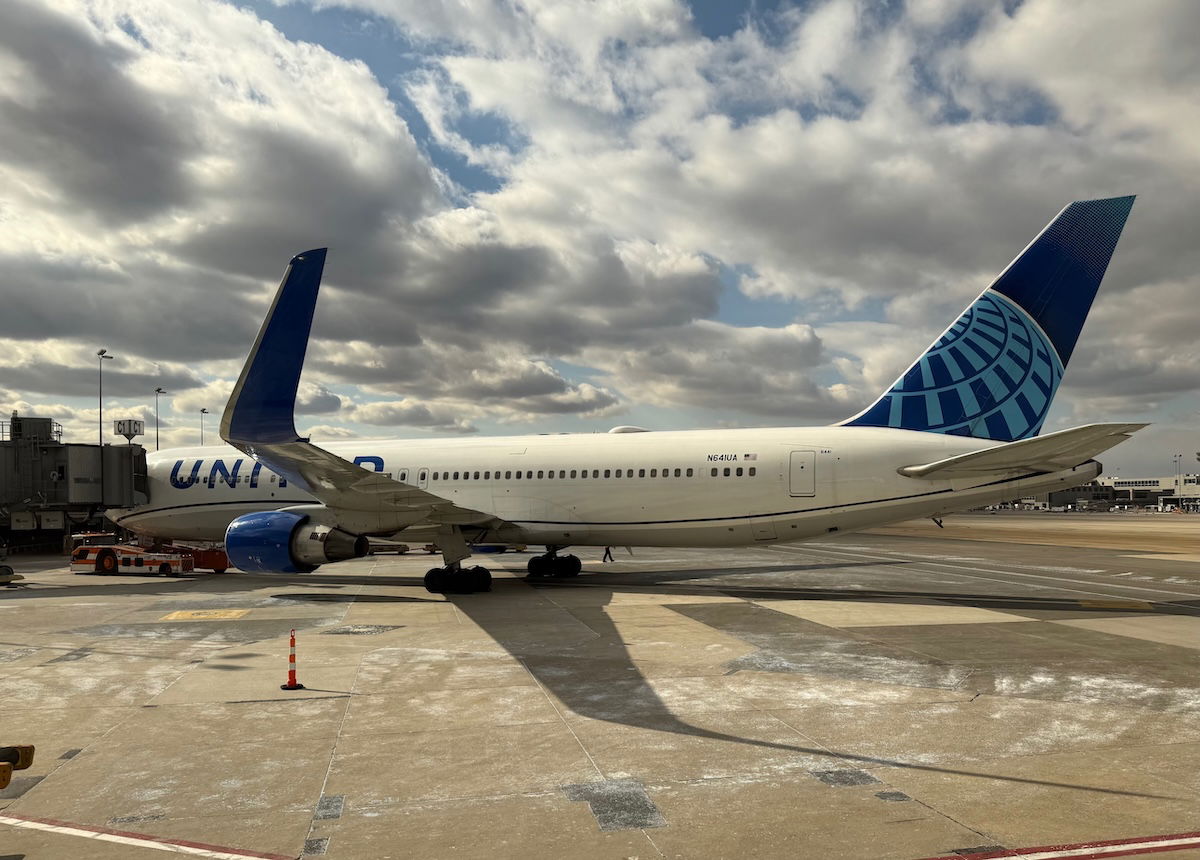
What’s causing the reduction in United States tourism?
Why is tourism to the United States decreasing considerably? Everyone can draw their own conclusions. I’m not meaning to make this post political, but when politics impacts travel demand, it also can’t be ignored:
- We’ve seen several countries issue travel warnings for the United States, warning of the risk of being denied entry or detained at the border, even if one has an entry visa
- There’s certainly a lot of frustration with the United States’ tariff policy, and the impact it’s having on the global economy
- The reality is that in many countries, it has become kind of taboo to talk about traveling to the United States, and it isn’t considered cool
It’s interesting to look at the patters across different countries. For example, in March 2025, we saw a 41.3% reduction in visitors from Iceland, while we saw a 43.1% increase in visitors from Slovenia.
Politics aside, the US Dollar is also quite strong (well, or at least has been), and that makes travel to the United States more expensive for travelers from many countries. However, that didn’t seem to deter people in January, so…

What are the implications of this reduction in visitors?
Tourism drives trillions of dollars in revenue to the United States economy each year, making up nearly 3% of the country’s GDP. Furthermore, around 16 million Americans work in tourism, and in dozens of states, tourism is one of the largest employment sectors.
So, how does the reduction of inbound tourism impact various stakeholders?
- The “big three” US airlines are actually doing fine for now, given that so much of the demand across the Atlantic is for Americans traveling abroad, rather than the other way around; so while we’ve seen fewer foreigners visit the United States, we’ve seen more Americans traveling abroad
- I’d argue that this trend is much more concerning for hotels and other US-based tourism businesses, as they’re dealing with a decrease of foreign visitors, plus a decrease in American visitors, given that Americans are also increasingly traveling abroad
The bigger challenge that US airlines face right now is the general economic uncertainty. When it comes to economic suffering, airlines are typically first in line:
- The stock market getting absolutely battered isn’t good for the premium leisure demand that airlines rely on, which largely consists of people who may pull back their spending, having less money to play with
- Prices going up in the short term due to tariffs will put more financial pressure on average families, and increase costs, leaving less money for discretionary travel
- With less of a focus on global trade, we’re likely eventually going to see a reduction in international business travel (though for now business travel is up, presumably as companies try to tackle all the changes)

Bottom line
It’s interesting to look at the data about how foreign visitors to the United States have declined in the first three months of 2025. In terms of year-over-year changes, January saw a 5.4% increase, February saw a 2.4% decrease, and March saw an 11.6% decrease. That’s quite a swing, and it’ll have major implications for the tourism industry.
For airlines, the good news is that the number of Americans traveling abroad is continuing to increase, though one would assume that at some point, economic uncertainty will cause consumers to cut back on their spending.
The shifts we’re seeing here are absolutely massive, so let’s see what the April data looks like…
What do you make of this reduction in tourism demand to the United States?





![‘Predator: Badlands’ – Dan Trachtenberg Previews His “Big, Crazy Swing” [Interview]](https://bloody-disgusting.com/wp-content/uploads/2025/04/image-26.jpg)


































































































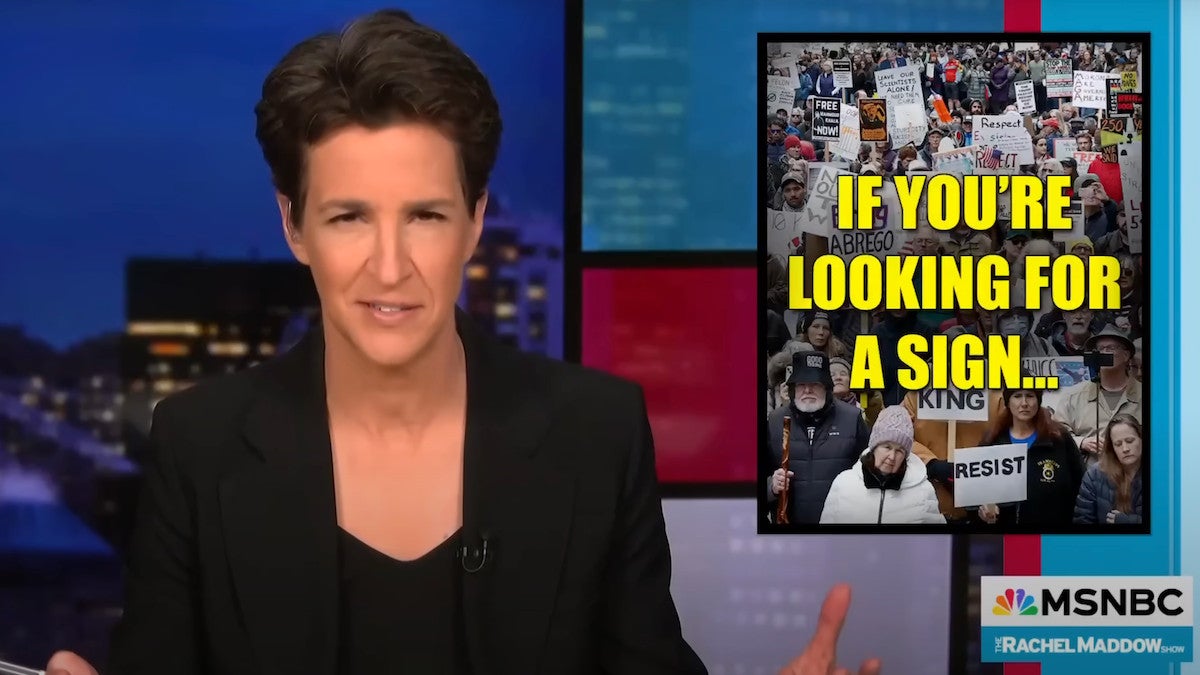




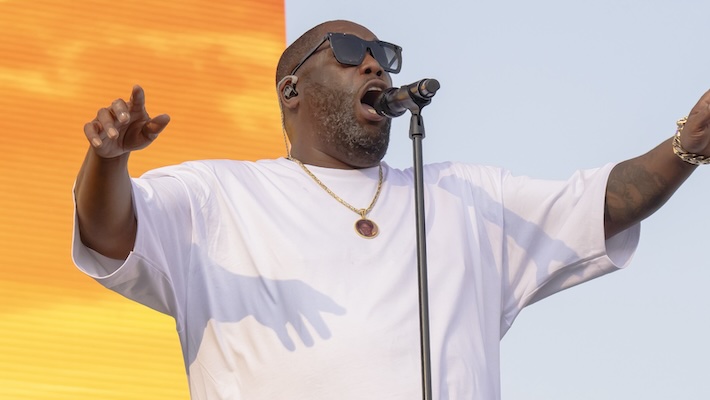















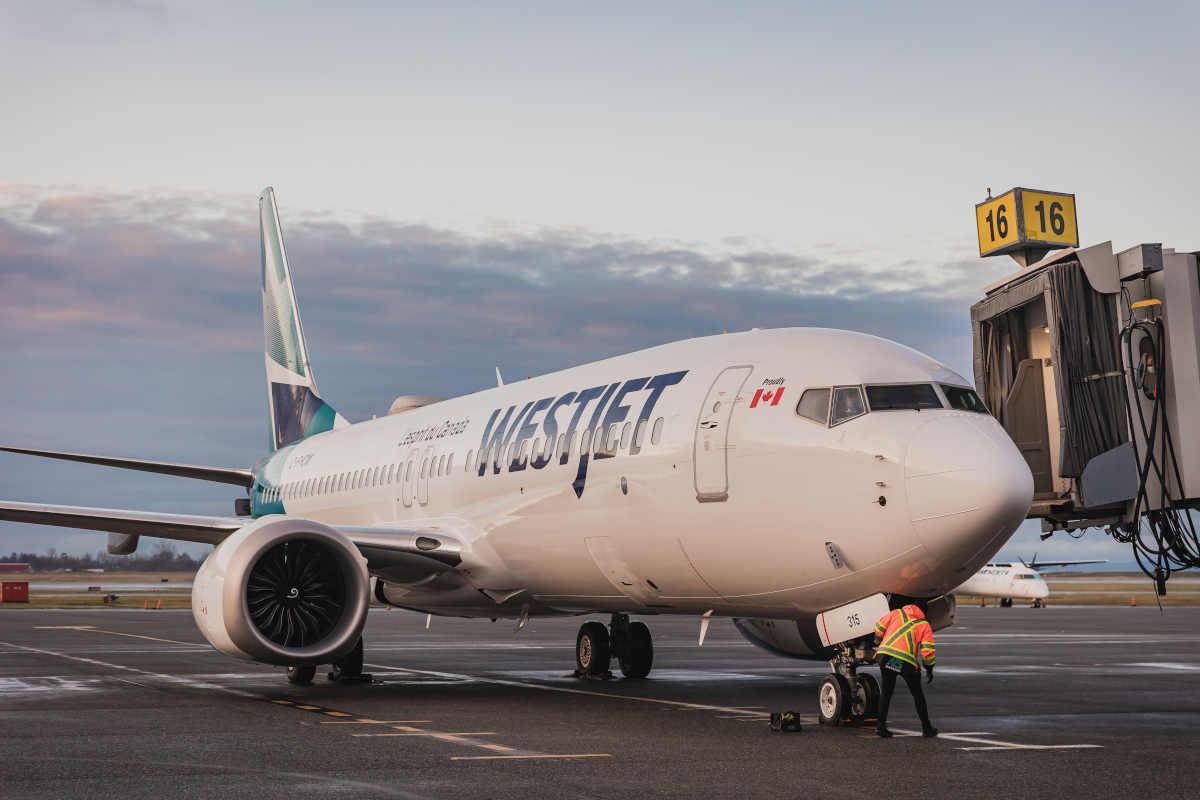
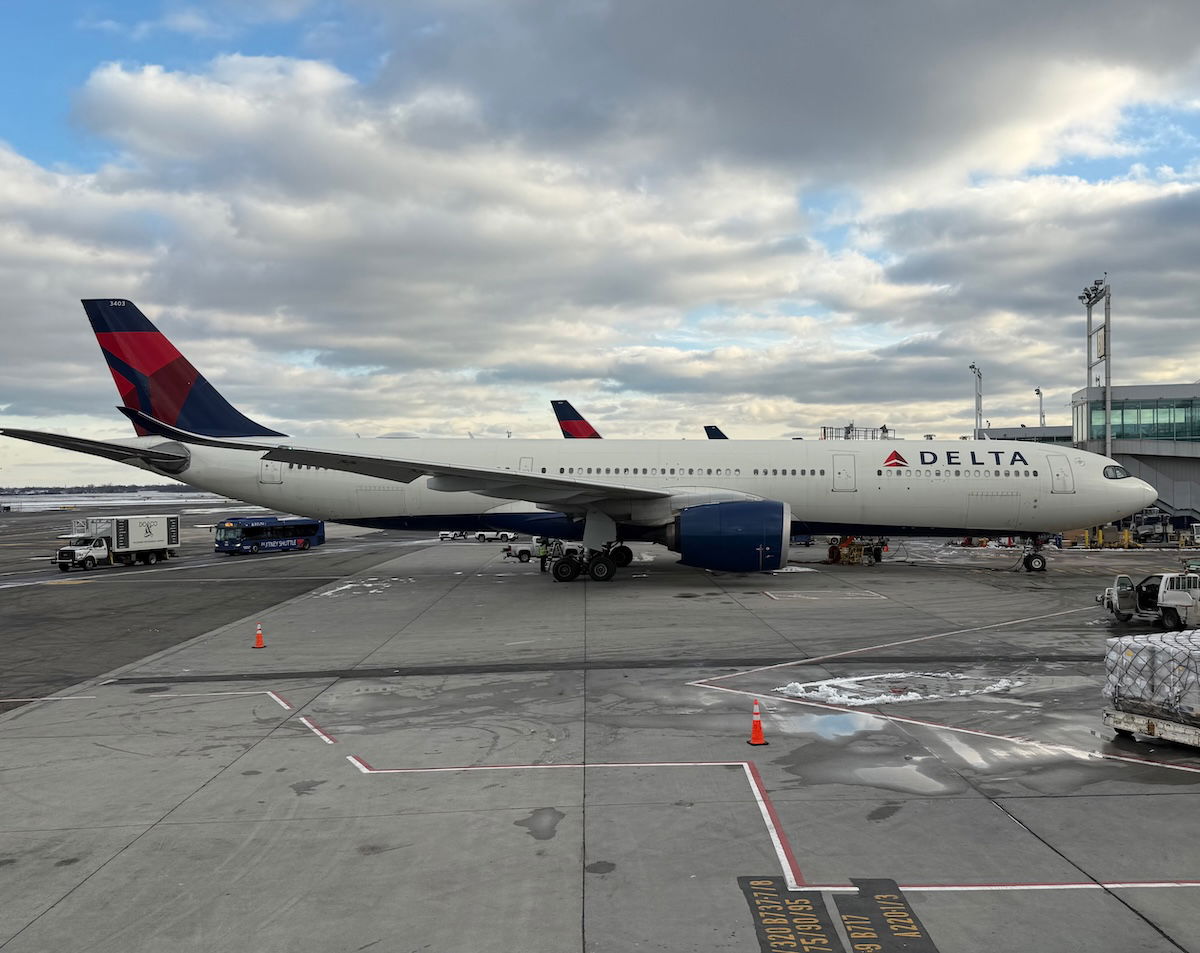

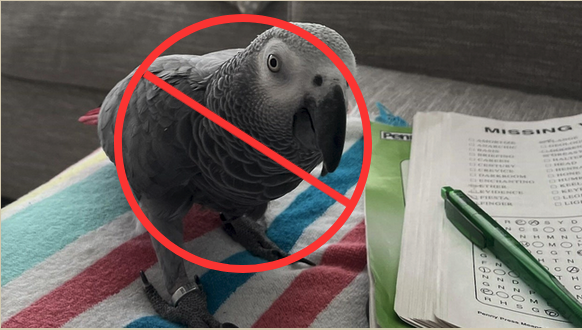









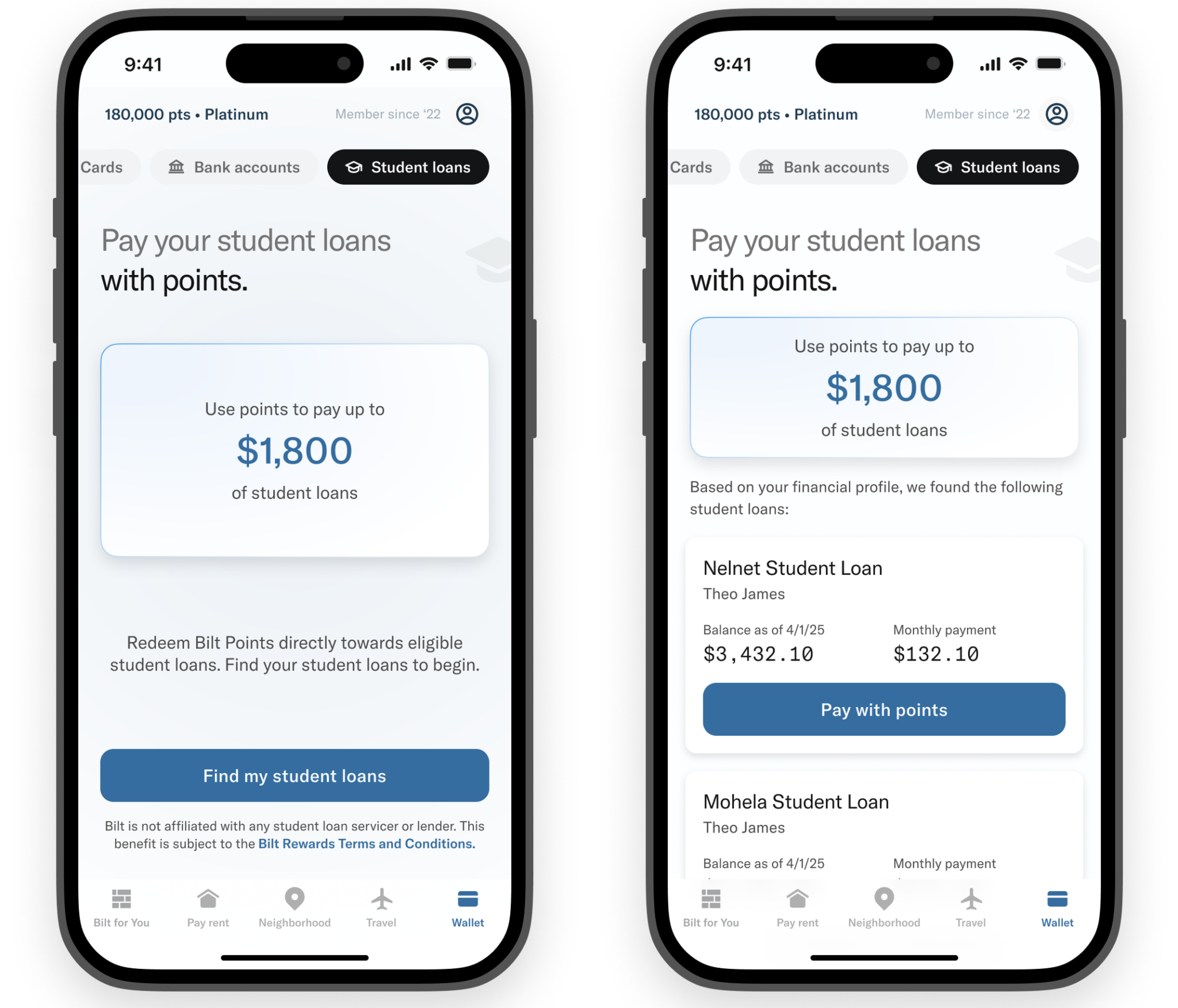





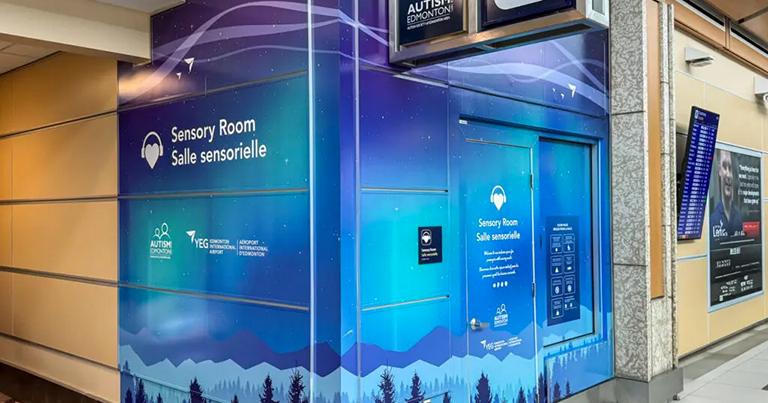
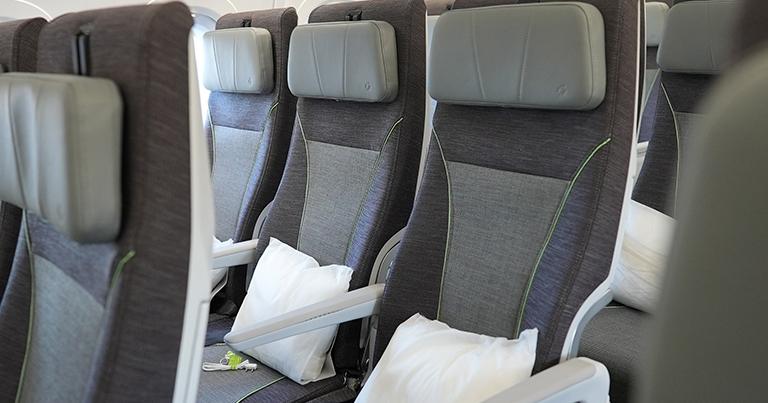




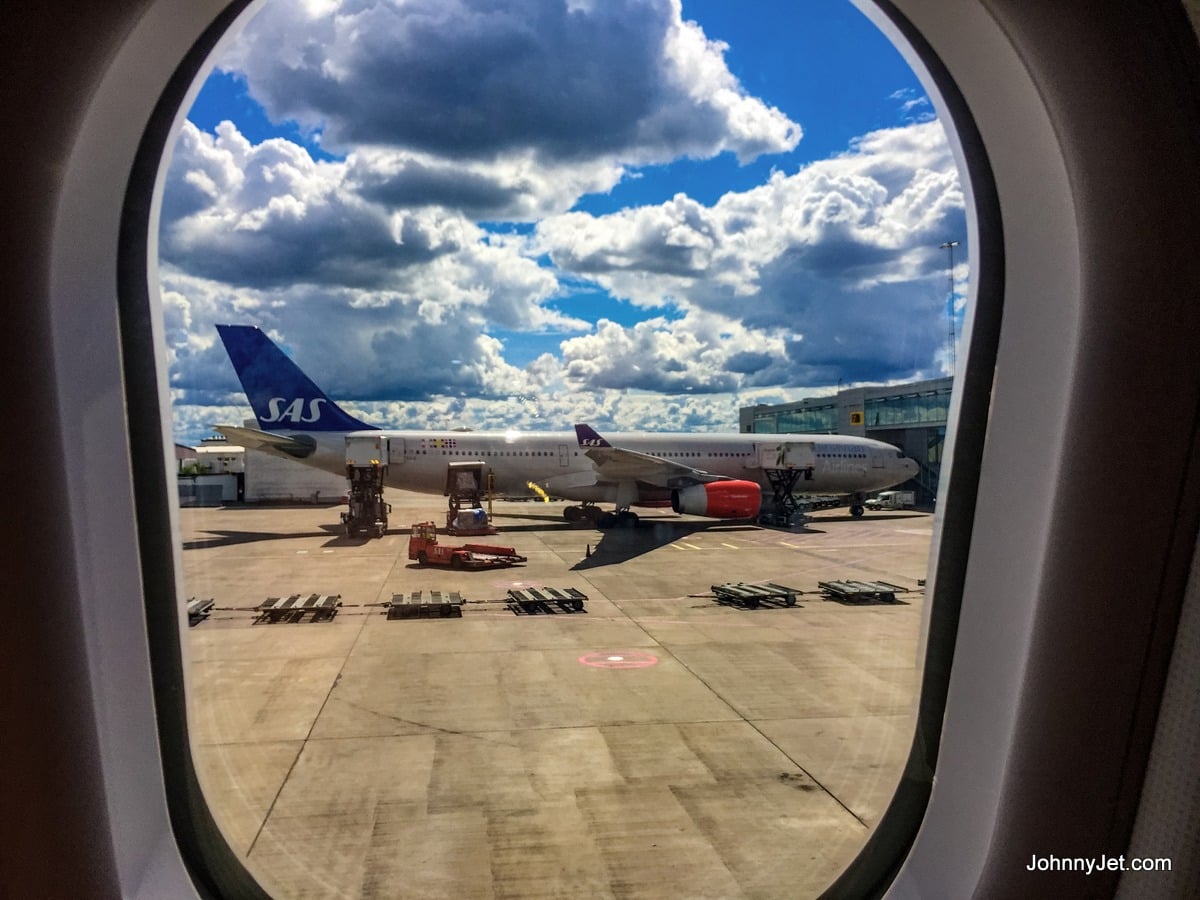









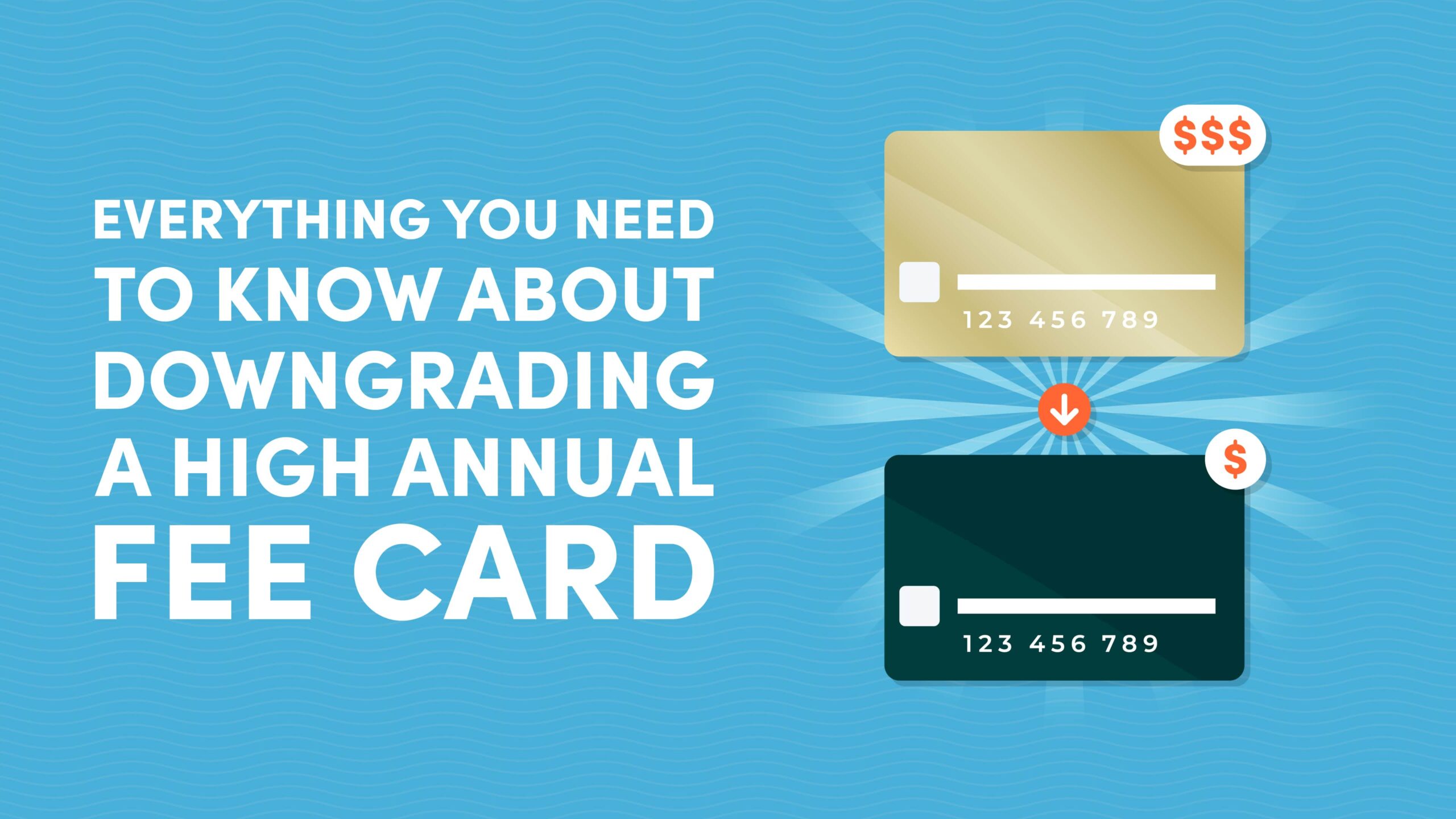






















































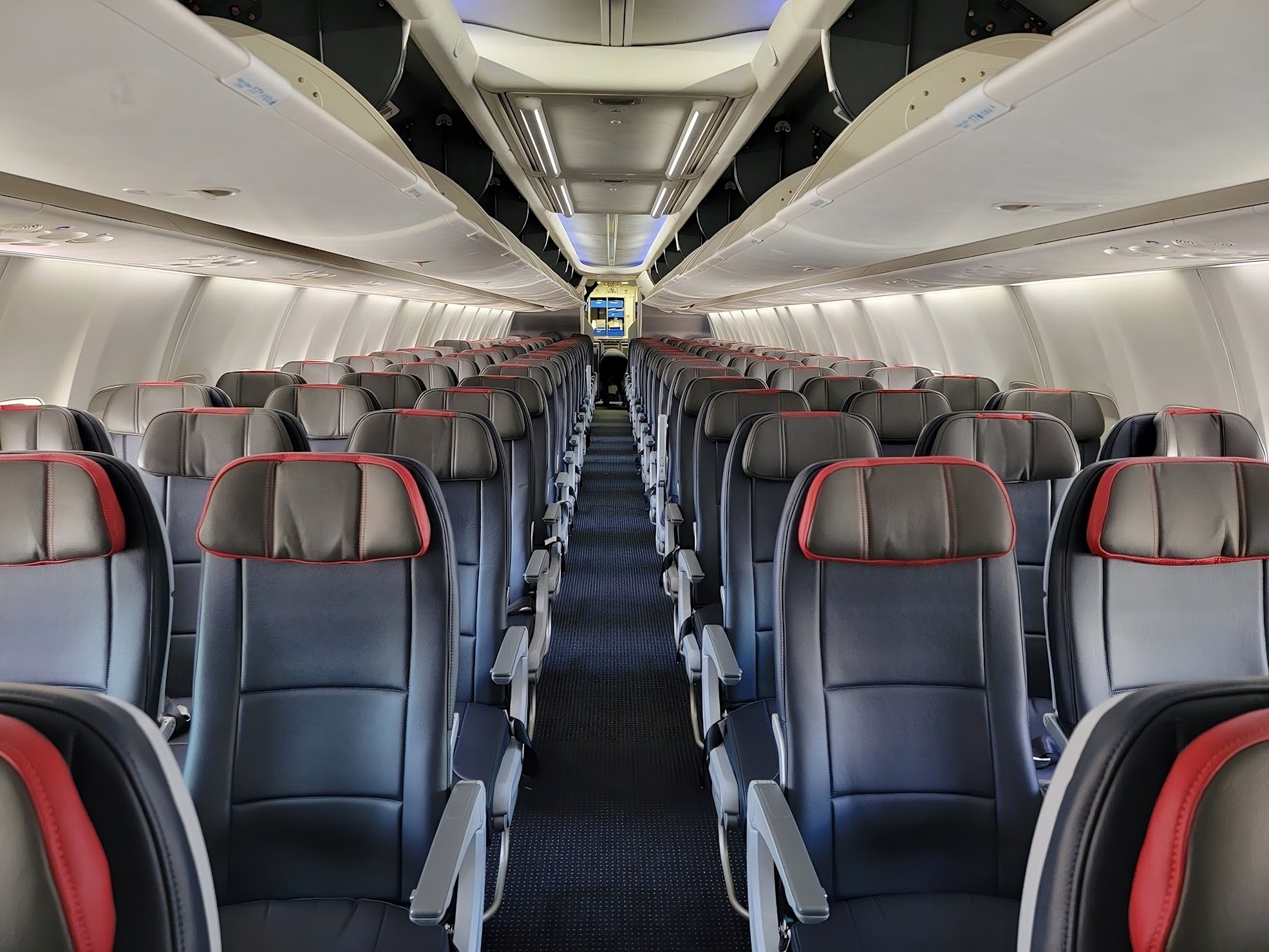
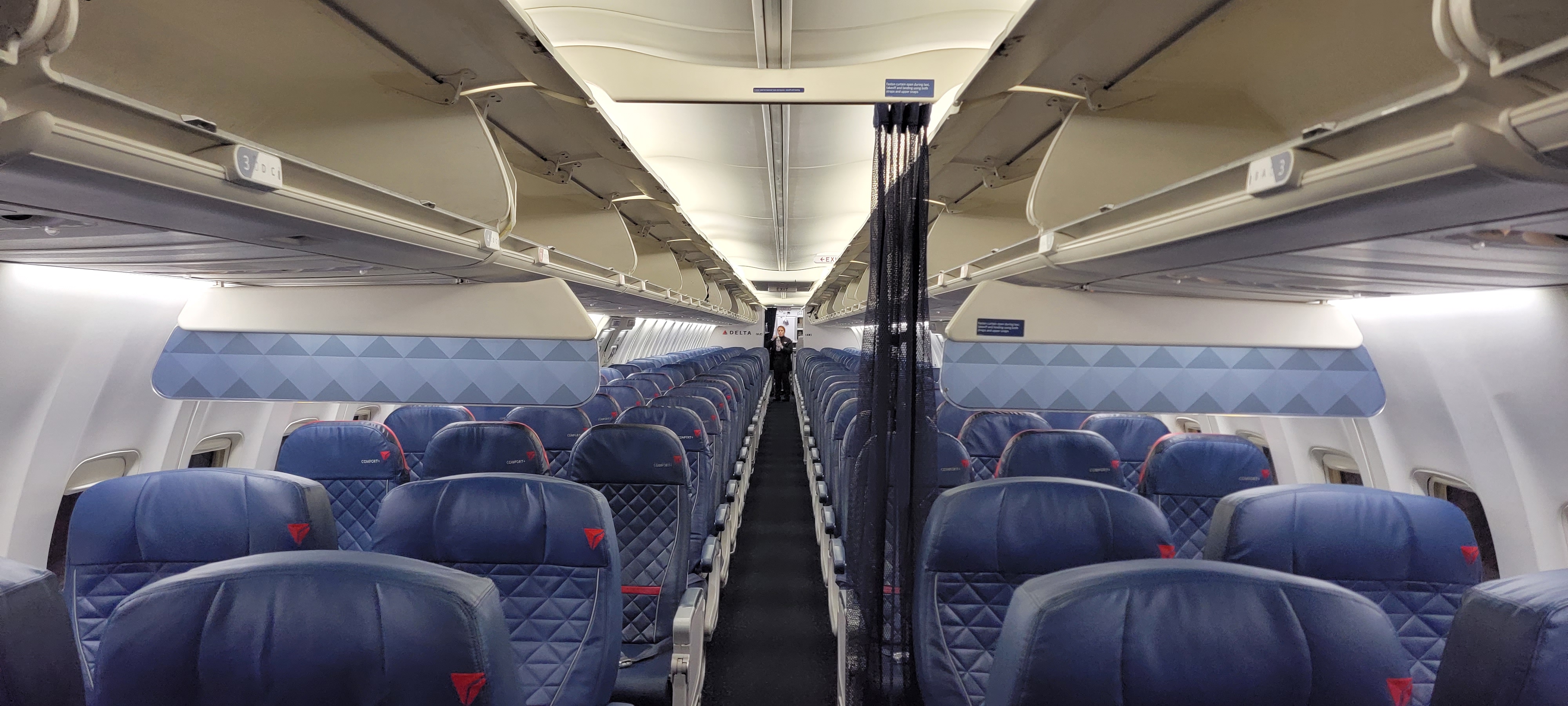
![Last Chance Before Southwest Ends Open Seating: 90s Legend Kato Kaelin’s Barf Bag Hack Scores Empty Middle Seat [Roundup]](https://viewfromthewing.com/wp-content/uploads/2025/04/kato-kaelin-southwest.jpg?#)























-Classic-Nintendo-GameCube-games-are-coming-to-Nintendo-Switch-2!-00-00-13.png?width=1920&height=1920&fit=bounds&quality=70&format=jpg&auto=webp#)








.jpg?#)







































































































































![[Podcast] Unlocking Innovation: How Play & Creativity Drive Success with Melissa Dinwiddie](https://justcreative.com/wp-content/uploads/2025/04/melissa-dinwiddie-youtube.png)
















































































































